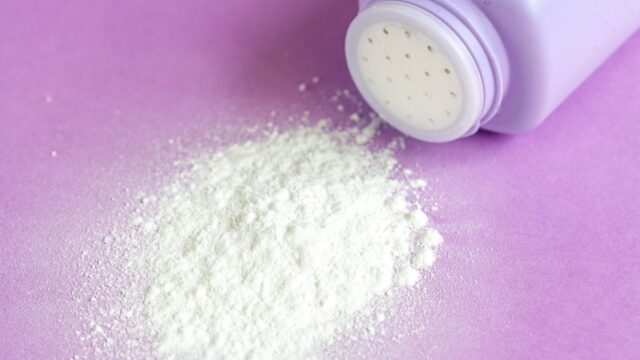Talc was classified as “probably carcinogenic” due in part to little evidence linking it to ovarian cancer, according to scientific studies.
The cancer agency of the World Health Organization (WHO) classified talc as “probably carcinogenic” for the human being.
A working group formed by 29 scientists from 13 countries met at the International Cancer Research Center (IARC) in Lyon (France) and published its conclusions in The Lancet Oncology last week. The classification is the “second highest level of certainty that a substance can cause cancer.” The previous classification of talc was “possible carcinogen.”
Talc was classified “based on a combination of evidence “limited evidence of cancer in humans (for ovarian cancer), sufficient evidence of cancer in experimental animals, and strong mechanistic evidence that talc exhibits key characteristics of carcinogens in human primary cells and experimental systems,” the expert group noted in a Press release.
Their conclusions are based on several studies showing increased risk of ovarian cancer in women who use talcum powder in the genital area, but “a causal relationship has not been fully established.”
Among the general population, talc is better known as white baby powderbut this mineral It is also a component usual makeup and products for skin care. People can also be exposed to dust when it is mined, milled, or processed or when products are made from it.
Concern about asbestos contamination
Both talc and asbestos They are natural minerals that are found very close to the Earth. This close association during their formation can lead to pollution when talc is extracted and processed.
Asbestos is a known carcinogen when inhaled and concerns about asbestos contamination in talc products have existed since the 1970s, according to anote from the US Food and Drug Administration (FDA) published in April.
The pharmaceutical company Johnson & Johnson has faced thousands of demands in the US related to its talc products and their possible contamination with asbestos. The experts’ new assessment focused on talc that does not contain asbestos, according to the IARC statement, however, “contamination of talc with asbestos could not be excluded in the majority of studies.”
A lot of uncertainty
Kevin McConway, emeritus professor of applied statistics at the Open University in the United Kingdom, said in a statement published by the Science Media Centre that when the IARC classifies a substance in this series of publications, it does not say anything specifically about whether exposure to the substance increases the risk of cancerin humans.
“Instead, they aim to answer the question of whether the substance has the potential to cause cancerunder some conditions that the CIIC does not specify,” he said, adding that “there is no irrefutable proof that talc use causes an increased risk of cancer.” Another expert said that even if the observed relationship was causal, the associated risk would be very small. “There is still a lot of uncertainty here,” McConway said in a statement.







